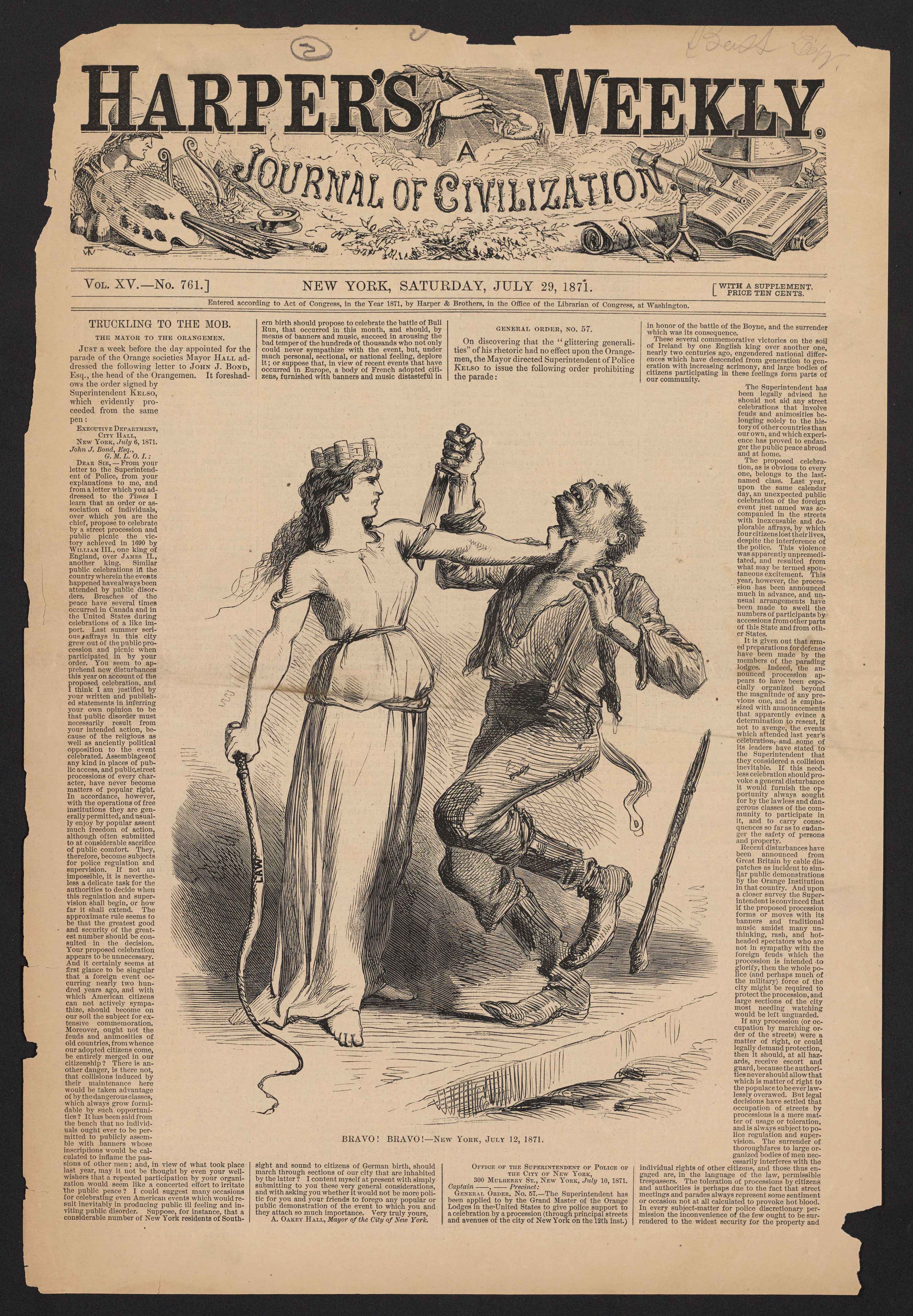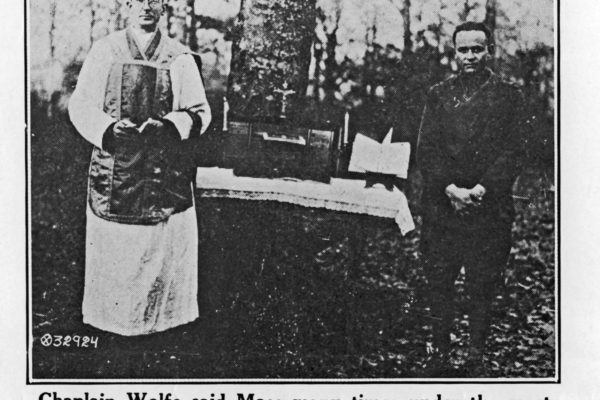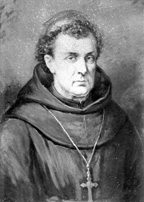Thomas Nast Anti-Irish Cartoons
...y’s dollars) drawing for the paper.[2] Studying these cartoons can help us better understand the culture of the United States during the 1870s. Examining cartoons is an important tool because, as historian Thomas Milton Kemnitz asserted, the cartoons’ value rests in what they can “reveal about the societies that produced
World War One Army Chaplains
...not be allowed to join until the Mexican-American War of 1846.[1] When the United States entered the war in 1917 there were only a handful of Catholic priests in the armed forces; however, by the end of the war that number grew to over 1,000.[2] Of those, 38 chaplains came
Philadelphia’s First Bishop
...boundaries of this singular diocese encompassed the entire United States. Between 1790 and 1820, one-quarter-million immigrants arrived in the United States. By 1810, the city and county of Philadelphia had over 100,000 inhabitants. As the number of Catholics in the United States grew, Bishop John Carroll of Baltimore suggested that
Newspapers & Periodicals
...in 1886 to collect material documenting the history of Catholicism in the United States. The newspaper collection contains Catholic newspapers from throughout the United States as well as some Catholic newspapers from Canada, England, Ireland, France and Italy. The collection contains over 300 titles, representing 35 states and the District




